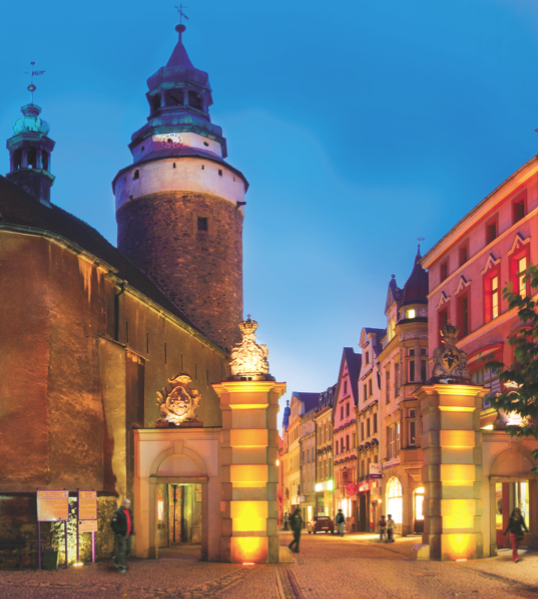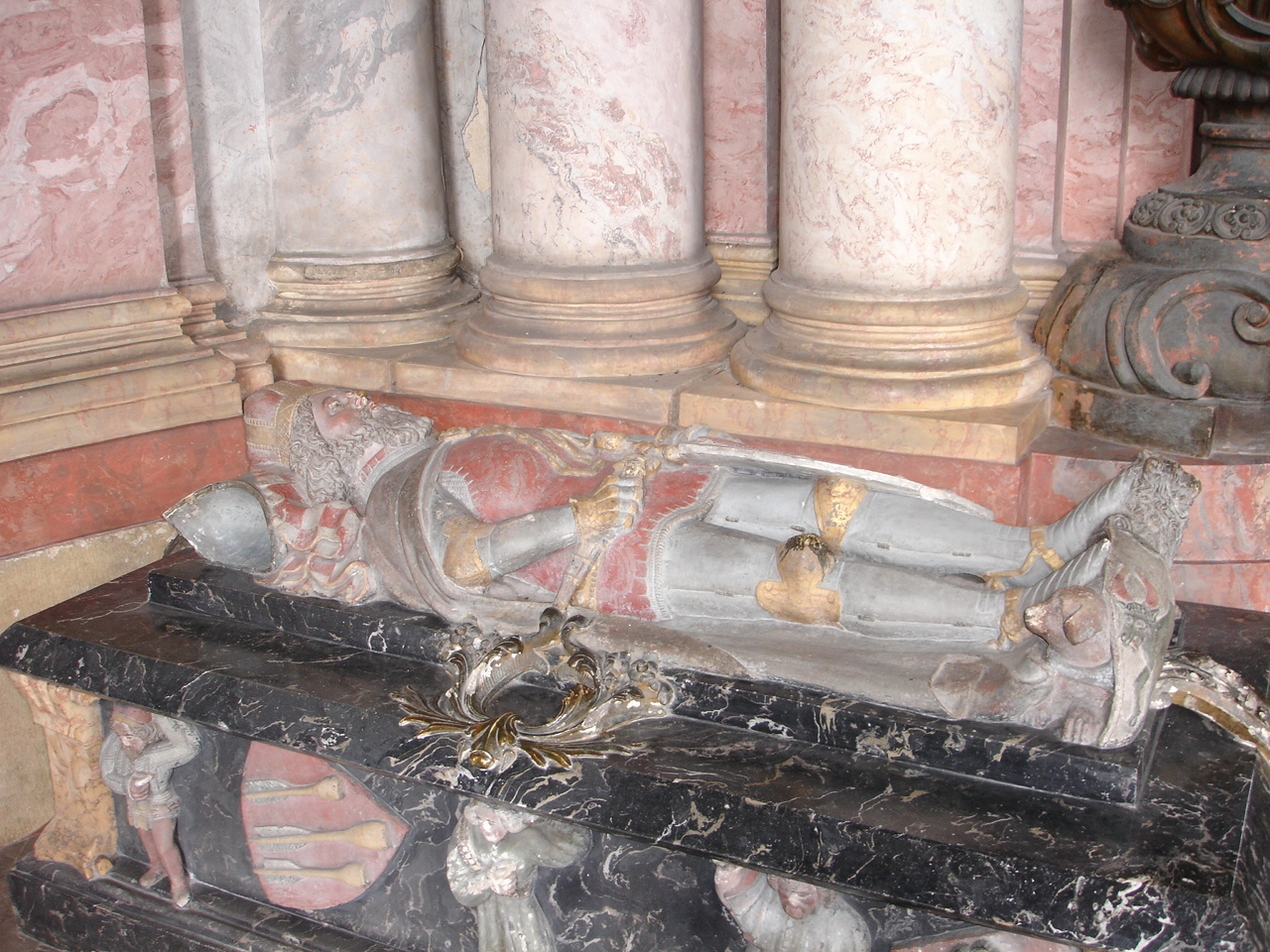|
Kowary
Kowary () is a town in Karkonosze County, Lower Silesian Voivodeship, in south-western Poland, with a population of around 11,000. It lies approximately south-east of Jelenia Góra, and south-west of the regional capital Wrocław. The town is famed for its sanatoriums and a miniature park displaying architectural monuments of the Lower Silesian region. History The official site of the town dates the history of Kowary dates to 1148 when semi-legendary miner Laurentius Angelus mined iron ore in the location on the behalf of Polish duke Bolesław IV the Curly, ten years later on the orders of the Polish ruler a mining settlement was founded in the area, the official page of the town also states that the Kowary miners took part in Battle of Legnica in 1241. Other possible date of the start of the town is 1355 and connects it to '' Ostsiedlung''. Publications published in German Empire disputed the origin of Kowary and called it 'Schmedewerk'. In 1355 year Duke Bolko II the S ... [...More Info...] [...Related Items...] OR: [Wikipedia] [Google] [Baidu] |
Lower Silesian Voivodeship
Lower Silesian Voivodeship (, ) in southwestern Poland, is one of the 16 Voivodeships of Poland, voivodeships (provinces) into which Poland is divided. It covers an area of and has a total population of 2,899,986. It is one of the wealthiest provinces in Poland, as natural resources such as copper, Lignite, brown coal and rock materials are widely present. Its capital and largest city is Wrocław, situated on the Oder, Oder River. The voivodeship is host to several spa towns, many castles and palaces, and the Giant Mountains, with several ski resorts. For this reason, tourism is a large part of this region's economy. History In the past 1,200 years, the region has been part of Great Moravia, the Medieval Kingdom of Poland, the Crown of Bohemia, Kingdom of Hungary, Habsburg monarchy (Austria), Kingdom of Prussia, the German Empire, and modern Poland after 1945. Silesian tribes settled the lands at the end of the first millennium after the Migration Period. In the 9th century ... [...More Info...] [...Related Items...] OR: [Wikipedia] [Google] [Baidu] |
Karkonosze County
__NOTOC__ Karkonosze County () is a unit of territorial administration and local government (powiat) in Lower Silesian Voivodeship, south-western Poland. It came into being on January 1, 1999, as a result of the Polish local government reforms passed in 1998. The county covers an area of . Its administrative seat is the city of Jelenia Góra, although this city is not part of the county (it forms a separate city county, which is an enclave within Karkonosze County). There are four towns within the county: Karpacz, Szklarska Poręba, Kowary and Piechowice. The first two of these are major ski resorts. As at 2019 the total population of the county is 63,639, out of which the population of the towns totals 28,213 and the rural population is 35,426. Until July 2020 it was named Jelenia Góra County (). The change formally took effect on January 1, 2021. [...More Info...] [...Related Items...] OR: [Wikipedia] [Google] [Baidu] |
Voivodeship Road
According to classes and categories of public roads in Poland, a voivodeship A voivodeship ( ) or voivodate is the area administered by a voivode (governor) in several countries of central and eastern Europe. Voivodeships have existed since medieval times and the area of extent of voivodeship resembles that of a duchy in ... road () is a category of roads one step below national roads in importance. The roads are numbered from 100 to 993. Total length of voivodeship roads in Poland is of which are unpaved (2008).Transport – activity results in 2008 , Główny Urząd Statystyczny List of voivodeship roads Current list of voivodeship road ...[...More Info...] [...Related Items...] OR: [Wikipedia] [Google] [Baidu] |
Jelenia Góra
Jelenia Góra (; ; ) is a historic city in southwestern Poland, within the historical region of Lower Silesia. Jelenia Góra is situated in the Lower Silesian Voivodeship, close to the Karkonosze mountain range running along the Polish-Czech border – ski resorts such as Karpacz and Szklarska Poręba are situated from the city. Jelenia Góra constitutes a separate urban gmina as well as being the seat of surrounding Karkonosze County (formerly Jelenia Góra County). In 2021 the population of Jelenia Góra was 77,366. The area, including the oldest spa district of Cieplice Śląskie-Zdrój, is one of the most valued recreational and leisure spots in Poland. The city's history dates back to as early as the 10th century, but the settlement was granted town rights under Polish rule in 1288. Jelenia Góra was founded on important trade routes linking the Holy Roman Empire and Bohemia with Eastern Europe. The region flourished as a result of trade privileges that became the ba ... [...More Info...] [...Related Items...] OR: [Wikipedia] [Google] [Baidu] |
Lower Silesia
Lower Silesia ( ; ; ; ; ; ; ; ) is a historical and geographical region mostly located in Poland with small portions in the Czech Republic and Germany. It is the western part of the region of Silesia. Its largest city is Wrocław. The first state to have a stable hold over the territory of what will be considered Lower Silesia was the short-lived Great Moravia in the 9th century. Afterwards, in the Middle Ages, Lower Silesia was part of Piast-ruled Poland. It was one of the leading regions of Poland, and its capital Wrocław was one of the main cities of the Polish Kingdom. Lower Silesia emerged as a distinctive region during the fragmentation of Poland in 1172, when the Duchies of Opole and Racibórz, considered Upper Silesia since, were formed of the eastern part of the Duchy of Silesia, and the remaining, western part was since considered Lower Silesia. During the , German settlers were invited to settle in the region, which until then had a Polish majority. As a result ... [...More Info...] [...Related Items...] OR: [Wikipedia] [Google] [Baidu] |
Deutscher Kunstverlag
The Deutscher Kunstverlag (DKV) is an educational publishing house with offices in Berlin and Munich. The publisher specializes in books about art, cultural history, architecture Architecture is the art and technique of designing and building, as distinguished from the skills associated with construction. It is both the process and the product of sketching, conceiving, planning, designing, and construction, constructi ..., and historic preservation. History Deutscher Kunstverlag was founded in 1921 in Berlin. Founders were the publishing companies Insel Verlag, E. A. Seemann, Deutsche Verlags-Anstalt, Julius Hoffmann, G. Grote, Julius Bard, and Walter de Gruyter, as well as the bank . Some book series appeared already in 1925, which to this day still partially determine the publishing profile. In addition to scientific publications, the Deutscher Kunstverlag publishes art books and exhibition catalogs. After the Second World War, the publisher moved its hea ... [...More Info...] [...Related Items...] OR: [Wikipedia] [Google] [Baidu] |
Ostsiedlung
(, ) is the term for the Early Middle Ages, early medieval and High Middle Ages, high medieval migration of Germanic peoples and Germanisation of the areas populated by Slavs, Slavic, Balts, Baltic and Uralic languages, Uralic peoples; the most settled area was known as . Germanisation efforts included eastern parts of Francia, East Francia, and the Holy Roman Empire and beyond; and the consequences for settlement development and social structures in the areas of settlement. Other regions were also settled, though not as heavily. The ''Ostsiedlung'' encompassed multiple modern and historical regions, primarily Germany east of the Saale and Elbe rivers, the states of Lower Austria and Styria in Austria, Poland and the Czech Republic, but also in other parts of Central and Eastern Europe. The majority of settlers moved individually, in independent efforts, in multiple stages and on different routes. Many settlers were encouraged and invited by the local princes and regional l ... [...More Info...] [...Related Items...] OR: [Wikipedia] [Google] [Baidu] |
Bolko II The Small
Bolko II the Small ( – 28 July 1368), was the last independent Duke of the Piast dynasty in Silesia. He was Duke of Świdnica from 1326, Duke of Jawor and Lwówek from 1346, Duke of Lusatia from 1364, Duke over half of Brzeg and Oława from 1358, Duke of Siewierz from 1359, and Duke over half of Głogów and Ścinawa from 1361. He was the oldest son of Bernard, Duke of Świdnica, by his wife Kunigunde, daughter of Władysław I the Elbow-high, Duke of Kuyavia and, from 1320, King of Poland. Like his grandfather, King Elbow-high, Bolko II was of small stature; his nickname, "the Small" (''Mały''), reflects this and was used in contemporary sources. Early years After the death of his father in 1326, Bolko II, with his younger brother Henry II as co-ruler, succeeded him in all his domains. Because both princes were still in their teenage years, they were at first aided by their two paternal uncles, Dukes Bolko II of Ziębice and Henry I of Jawor, as well as their mother Ku ... [...More Info...] [...Related Items...] OR: [Wikipedia] [Google] [Baidu] |
Władysław I The Elbow-high
Władysław is a Polish given male name, cognate with Vladislav. The feminine form is Władysława, archaic forms are Włodzisław (male) and Włodzisława (female), and Wladislaw is a variation. These names may refer to: People Mononym * Włodzisław, Duke of Lendians (10th century) * Władysław I Herman (ca. 1044–1102), Duke of Poland * Władysław II the Exile (1105–1159), High Duke of Poland and Duke of Silesia * Władysław III Spindleshanks (1161/67–1231), Duke of Poland * Władysław Opolski (1225/1227-1281/1282), Polish duke *Władysław of Salzburg (1237–1270), Polish Roman Catholic archbishop * Władysław I the Elbow-high (1261–1333), King of Poland * Władysław of Oświęcim (c. 1275–1324), Duke of Oświęcim * Władysław of Bytom (c. 1277–c. 1352), Polish noble * Władysław of Legnica (1296–after 1352), Duke of Legnica * Władysław the Hunchback (c. 1303-c. 1352), Polish prince * Władysław the White (c. 1327–1388), Duke of Gniewkowo * Władys� ... [...More Info...] [...Related Items...] OR: [Wikipedia] [Google] [Baidu] |
Privilege (law)
A privilege is a certain entitlement to immunity from prosecution, immunity granted by the state or another authority to a restricted group, either by birth or on a conditional basis. Land-titles and taxi medallions are examples of transferable privilege – they can be revoked in certain circumstances. In modern democratic states, a ''privilege'' is conditional and granted only after birth. By contrast, a ''right'' is an inherent, irrevocable entitlement held by all citizens or all human beings from the moment of birth. Various examples of old common law privilege still exist – to title deeds, for example. Etymologically, a privilege (''privilegium'') means a "private law", or rule relating to a specific individual or institution. The principles of conduct that members of the legal profession observe in their practice are called legal ethics. Boniface's Fulda monastery, abbey of Fulda, to cite an early and prominent example, was granted ''privilege (canon law), privilegium' ... [...More Info...] [...Related Items...] OR: [Wikipedia] [Google] [Baidu] |
Silesian Piast
The Silesian Piasts were the elder of four lines of the Polish Piast dynasty beginning with Władysław II the Exile (1105–1159), eldest son of Duke Bolesław III of Poland. By Bolesław's testament, Władysław was granted Silesia as his hereditary province and also the Lesser Polish Seniorate Province at Kraków according to the principle of agnatic seniority. Early history The history of the Silesian Piasts began with the feudal fragmentation of Poland in 1138 following the death of the Polish duke Bolesław III Wrymouth. While the Silesian province and the Kraków seniorate were assigned to Władysław II the Exile, his three younger half-brothers Bolesław IV the Curly, Mieszko III the Old, and Henry of Sandomierz received Masovia, Greater Poland and Sandomierz, respectively, according to the Testament of Boleslaw III. Władysław soon entered into fierce conflicts with his brothers and the Polish nobility. When in 1146 he attempted to take control of the whole of Po ... [...More Info...] [...Related Items...] OR: [Wikipedia] [Google] [Baidu] |


